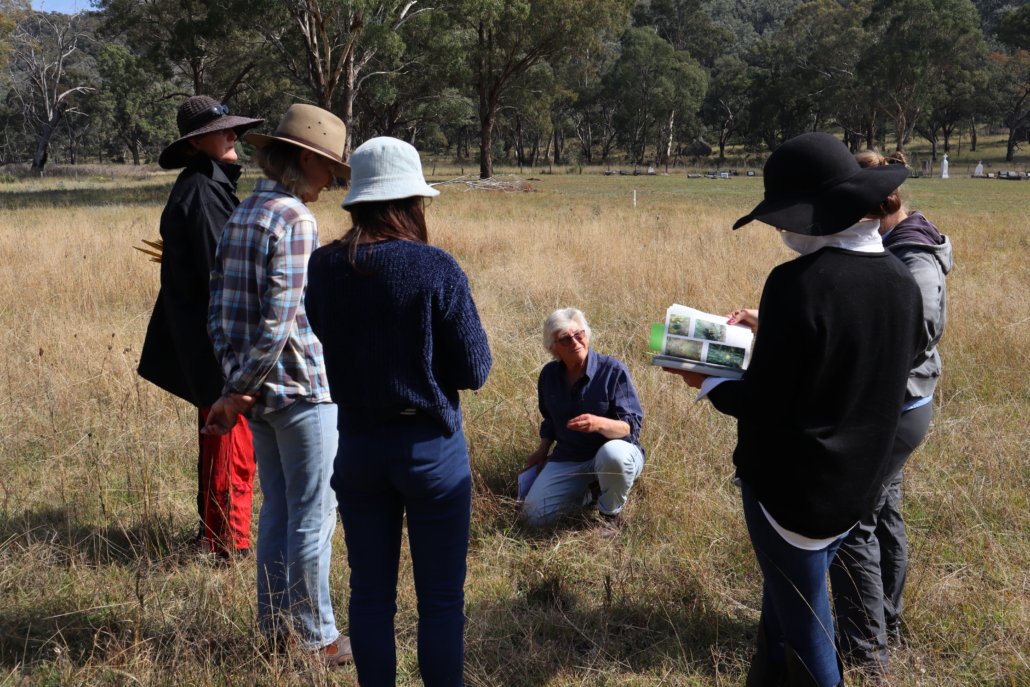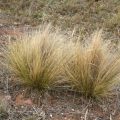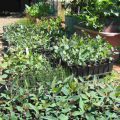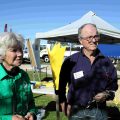Grass ID at Ilford Cemetery!
Published 13th March 2024. Written by Maddison O’Brien
On Thursday, March 28 at 10:00 am, nature enthusiasts and conservationists alike are invited to join the Microscope group for a Native Grass ID workshop. Join local botanist Christine McRae for an enlightening event to expand native grassland identification skills and knowledge. Hosted amidst the serene surroundings of Ilford cemetery, this unique gathering promises a fascinating exploration of the diverse grasses and forbs that thrive within this remarkable ecosystem.
But why choose a cemetery as the backdrop for such an event, you may wonder? The answer lies in the conservation efforts spearheaded by Christine McRae in collaboration with Mid Western Regional Council and Central Tablelands Local Land Services. The Ilford cemetery and a select few others in the area have become a focal point of a dedicated conservation project. These cemeteries harbour remnant, undisturbed patches of grasslands that serve as sanctuaries for an array of rare and diverse species.
In the midst of headstones and memorial markers, participants will have the opportunity to witness firsthand the resilience of native grasses and forbs. These delicate species, once abundant across the grassy box woodland ecosystems of New South Wales, have faced significant challenges since colonisation. The introduction of sheep and cattle and the damaging effects of overgrazing practices have pushed many of these species to the brink, relegating them to small, isolated pockets such as the cemetery.

Local Botanist and Landcarer Christine McRae sharing he knowledge about native grass species during a Microscope Group event
However, amidst the tranquillity of Ilford cemetery, a glimmer of hope emerges. Here, amidst the tombstones, these resilient plants have found refuge, thriving in their undisturbed state. The return of these fascinating native grasses can be encouraged, and they can thrive across the landscape once more. Local legend Colin Seis has proved that regenerative practices such Pasture Cropping and rotational grazing can work towards perennial systems, favouring native grasses and building nutrient-rich topsoil along the way.
Native Australian perennial grasses are vital for building resilient ecosystems. Their deep root systems enrich topsoil, increase carbon levels, and enhance soil fertility. With their extensive roots, these grasses withstand drought by tapping into deep water reserves, ensuring soil moisture. They also support nutrient and water cycles, boosting productivity and biodiversity. Embracing these grasses promotes sustainability in our landscapes, fostering resilience to environmental challenges.
So why not join us for a picnic at Ilford? We’ll supply some tasty snacks. Please bring a chair or a picnic rug. Projects like this stand as a testament to local knowledge and community collaboration. Christine has a wealth of knowledge that she’s eager to share, and we’re excited to see you there! Go to www.watershedlandcare.com.au/events to RSVP and find out more.







